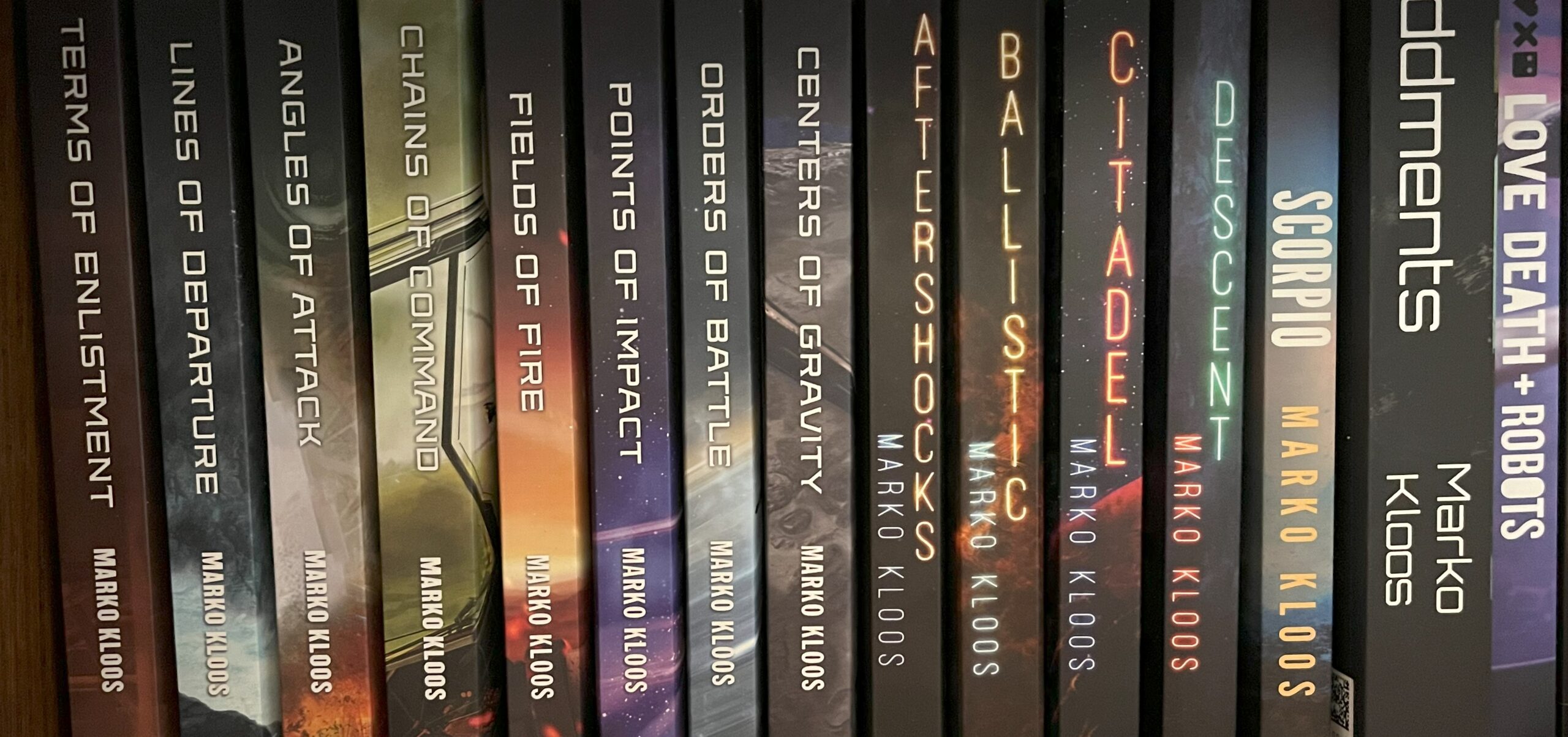When we scheduled the Europe trip, I intentionally scheduled the busy stuff toward the beginning of the vacation, especially the trip to Vienna. That meant we had the second half of the trip free for family business and shopping in the local area.
My family is from the Muenster area, and that’s where I grew up. Of all the cities I’ve lived in, I have the greatest affection for Muenster because I spent a great deal of my formative years there. Muenster is where I went to kindergarten and first grade, it’s where my grandparents lived, and it’s the city that kept drawing me back to it over the years.
A lot of things have changed there in the last sixteen years, but they’re all relatively minor changes—a parking garage where there used to be a huge parking lot in the middle of the city, new stores popping up and old ones closed or renamed, a clothing store in the old and now defunct movie theater where I watched Return of the Jedi when it came out. Overall, though, Muenster is the same city it was when I left, with the same distinctive character and culture.
The Prinzipalmarkt in the heart of the city. Here’s where the oldest and most established shops have always had their spots. The facades all along the Prinzipalmarkt were reconstructed after World War II to look like they did before the war and all the way back to medieval times. The shop rents here are quite high.
A view looking up the Prinzipalmarkt toward St. Lambert’s church.
Looking upstreet from the north end of the Prinzipalmarkt. Note the red and white shutters on the windows of the Cafe. on the left. Most of the houses have lovely detail work on the facades.
The old Rathaus (city hall) on the Prinzipalmarkt. The Peace of Westphalia was signed here in 1648. The original ornate façade from the 14th century was destroyed in World War II by the extensive allied bombing that turned 80% of the city to rubble. After WWII, the Rathaus and its façade were rebuilt true to the original.
The ornate façade of the old Rathaus.
Some detail on a gasthaus.
Muenster Cathedral (St. Paulus-Dom) as seen from near the Prinzipalmarkt. It was built in the 13th century and houses a 16th century astronomical clock. Damaged in WWII, but restored completely in the years after the war.
The fountain in front of St. Lambert’s Church on the Prinzipalmarkt.
Jewelry store on the Prinzipalmarkt. It has been there for as long as I’ve been alive at least.
Another view of the Prinzipalmarkt’s north end.
Not everything in the old city looks medieval. This is the main branch of the Muenster Public Library.
The Glockenspiel above the porcelain & housewares store has been chiming its little tune on the hour every hour since well before I was born.
Muenster is the most bicycle-friendly city in Germany. Westphalia is pretty flat, and ideal country for bikes.
“Gee, I just don’t understand why we get no walk-in business at all!”
The cages on the steeple of St. Lambert’s church in which the bodies of the leaders of the Anabaptist Muenster Rebellion were displayed in 1535.
On this trip, I had both a good camera and enough time, so I went into Muenster on several occasions to do shopping and shoot lots of pictures. I have a lot of personal history there, so I’m obviously biased, but it really is a lovely city with a very friendly atmosphere. If you’re ever in Germany and your travels take you to or near Westphalia, you should definitely pay Muenster a visit.
(Part Four to follow, in which we take a little side trip to the state of Hessen to visit Robin’s relatives.)
















Sir, Though I have never been to Muenster, your trip photos remind me strongly of the time I spent in Bad Kissingen, Schweinfurt and Wurtzburg. Thank you for the fond memories of my military service.
Chuse!